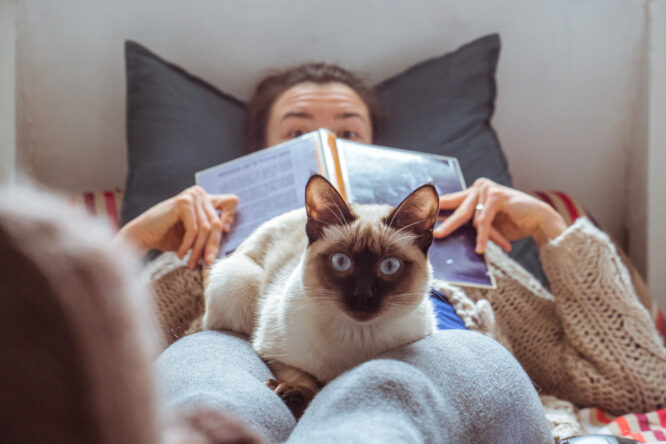You probably already know chocolate and lilies are dangerous for cats, but the truth is, your home might be hiding a bunch of other stuff that’s just as risky.
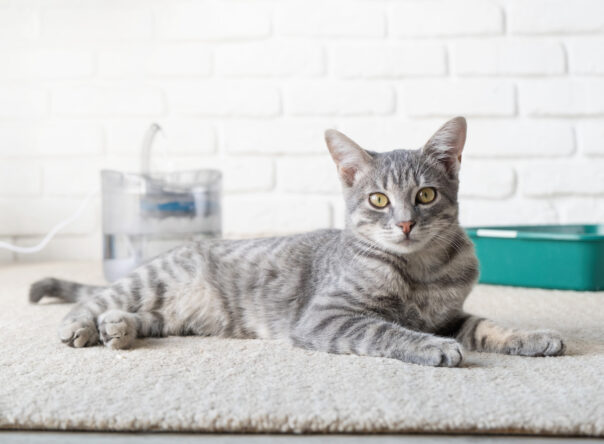
Sadly, a lot of it flies under the radar because it seems totally harmless. If your cat’s curious, playful, or the type to nibble on anything that looks vaguely interesting, it’s worth doing a second sweep. These 13 things might not look toxic, but if your cat gets into them, it can turn serious fast.
1. Essential oils left out or used in diffusers

They smell amazing to us, but a lot of essential oils like eucalyptus, tea tree, peppermint, and citrus can be really harmful to cats. Whether it’s in a diffuser, a spray, or a bottle left on the counter, even small exposure can lead to breathing issues or worse.
Unlike dogs, cats don’t metabolise these oils the same way. Their systems just aren’t built to handle them, and what seems like a calming home scent for you could be slowly making your cat feel sick or dizzy without you realising it.
2. String, thread, and sewing supplies
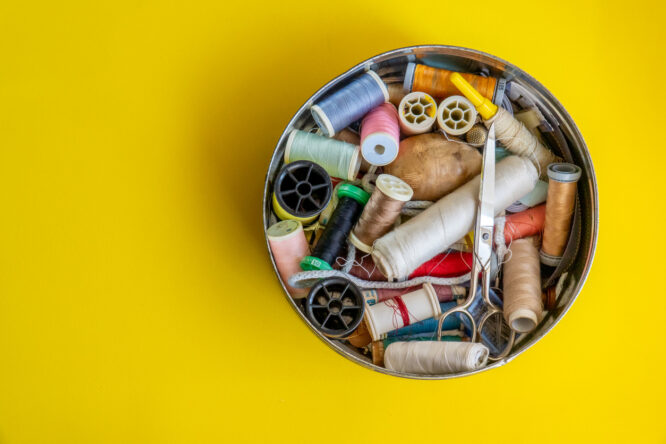
To a cat, a piece of thread looks like a fun toy, but if they swallow it, it can wreak absolute havoc on their digestive system. Even a small strand can get wrapped around their intestines and lead to serious complications that need emergency surgery.
It’s the kind of danger that feels low-key until it’s not. If you sew, knit, or just tend to leave string-like things lying around, it’s worth stashing them far out of paw’s reach, even if your cat’s never seemed interested before.
3. Certain houseplants that seem decorative but are dangerous

You might already know lilies are toxic, but did you know pothos, snake plants, peace lilies (yep—different from true lilies), and aloe vera are also on the no-go list? A lot of trendy greenery is surprisingly unsafe for cats who like to chew.
What’s tricky is that the symptoms don’t always show up right away. A little nibble here and there might not seem like much… until you’re at the vet with a lethargic or vomiting kitty who suddenly refuses food.
4. Human pain relievers and cold medications
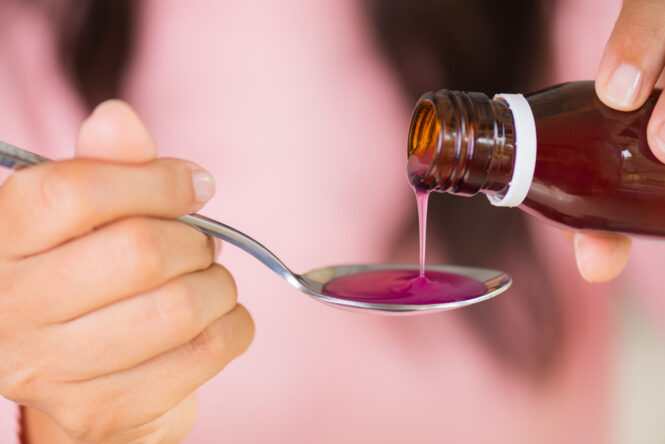
A bottle of ibuprofen or acetaminophen in your bag or left on the counter might not seem like a big deal until a curious paw bats it off, or a chewer decides it’s worth investigating. Even a tiny amount can be seriously toxic to cats. And with some meds being sugar-coated or flavoured, it’s not impossible for a cat to try a bite. Keep all medications locked away in a cabinet, not just for safety, but because cats are sneaky and incredibly fast when they’re curious.
5. Scented candles and wax melts

That cosy candle might make your living room smell amazing, but the ingredients used to scent or colour wax, especially synthetic oils or paraffin, can release fumes that are irritating or even toxic to cats’ sensitive systems. Even if it’s not an open flame risk, the scent itself can mess with their respiratory health. If you want ambiance without harm, look into unscented soy-based candles or opt for LED flickering ones instead.
6. Salt lamps and salty foods
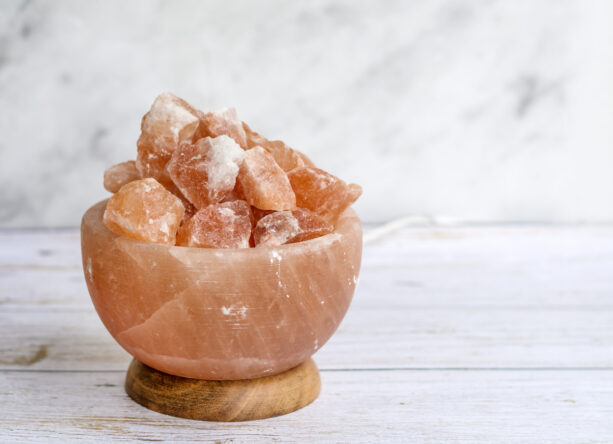
Salt lamps might look harmless and pretty, but some cats have a habit of licking them, and that can lead to serious sodium poisoning. It doesn’t take much to tip their system into dangerous territory. Same goes for salty human snacks. Crisps, cured meats, and even leftover sauce with high sodium can upset a cat’s balance quickly. Their kidneys just aren’t equipped to handle what ours can.
7. Plastic bags and crinkly wrappers
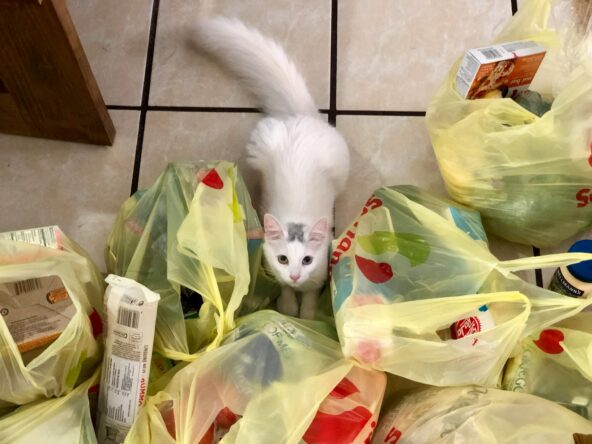
Plastic shopping bags might seem like fun to hide in or pounce on, but if your cat starts chewing or licking them, you’ve got a problem. Some bags are coated with animal fat residues or corn-based scents, making them even more enticing, and dangerous.
Ingesting even small pieces can cause blockages or choking hazards. It’s one of those quiet dangers that’s easy to overlook until you notice pieces missing or hear that dreaded hacking noise in the middle of the night.
8. Cleaning products stored under the sink

It’s super common to keep bleach, sprays, and multipurpose cleaners under the kitchen or bathroom sink. But unless those cabinets are fully secured, your cat might wander in and sniff around—or worse, walk through residue and later lick it off their paws.
Even natural or “green” cleaners can contain essential oils or plant-based ingredients that are toxic to cats. Double-check labels and store anything questionable behind a baby lock or up high where it’s totally out of reach.
9. Batteries and small electronics
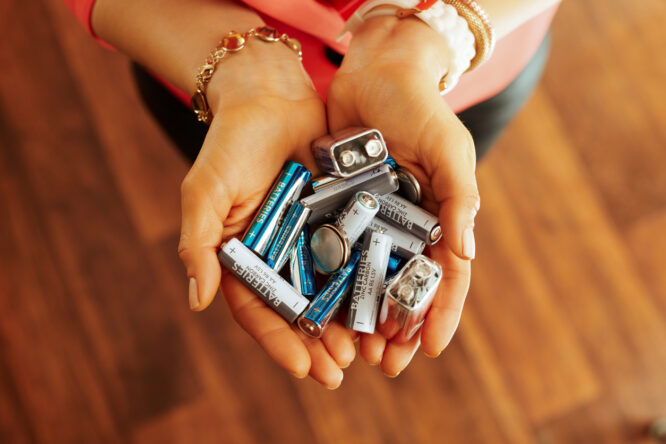
Loose batteries, remotes with missing backs, or earbuds with chewable cords might not scream “danger,” but if a cat gets curious, it can lead to a medical emergency fast. Batteries, in particular, can burn their mouth or cause internal damage if chewed or swallowed.
It’s not just about toxicity; it’s about how fragile their systems are. Something that might bounce harmlessly around in a human stomach can create real damage in a cat’s much smaller digestive tract.
10. Mothballs and strong-smelling deterrents
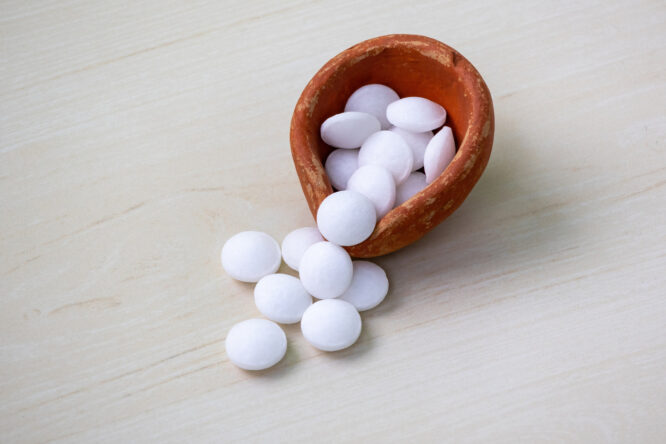
Mothballs, dryer sheets, and even some pest repellents used around windows and doors can release chemicals that are super irritating to cats. Their livers can’t process certain toxins the way ours can, and even inhaling the fumes can lead to long-term damage.
If your cat’s spending time in closets, under furniture, or in areas where these are stashed, it’s worth rethinking your approach. Swapping them out for pet-safe alternatives is a simple way to cut the risk without sacrificing results.
11. Leftover food that’s seasoned or spiced
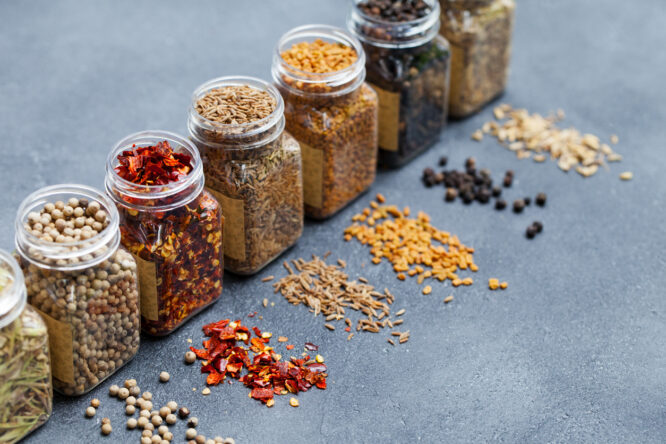
A bit of cooked chicken might seem safe to share, but if it’s been seasoned with garlic, onion, or certain herbs, it can be toxic. Even small amounts of these ingredients can cause gastrointestinal upset or more serious reactions over time.
It’s tempting to slide a little snack their way, especially when they’re being cute, but their digestive systems are super sensitive. If you’re offering food, keep it plain, simple, and ideally vet-approved.
12. Christmas decor and gift wrap

Ribbons, fake snow, string lights, tinsel—they all seem festive and fun until your cat gets tangled up or decides to chew. Some decorations are coated in glitter, plasticisers, or metallic dyes that aren’t safe if ingested. Even crumpled wrapping paper or gift bags with string handles can become accidental toys. During the holidays especially, a quick daily sweep can save you from an emergency vet visit.
13. Human toothpaste and skincare products
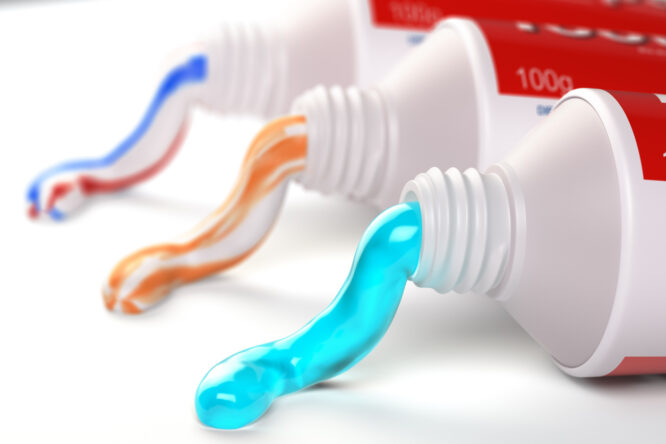
Toothpaste that contains xylitol, charcoal, or fluoride can be dangerous even in small amounts. If your cat licks the sink after you brush your teeth or chews a stray tube, it can cause serious health issues fast.
Same goes for skincare. Lotions with tea tree oil, retinol, or salicylic acid should always be stored far away from curious noses. If your cat licks your skin post-application, they might ingest more than you think, and their system isn’t built to handle it.




